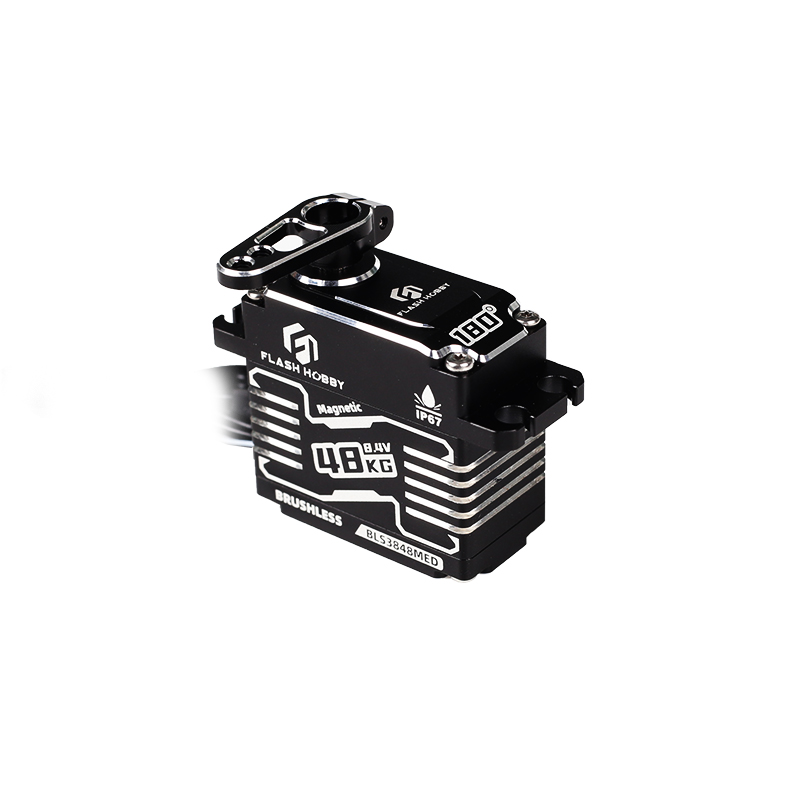Enhancing Precision: The Crucial Role of Feedback in Servo Systems
2024-05-09
In the realm of precision motion control, servo systems stand out as versatile and efficient solutions for achieving accurate positioning, velocity, and acceleration. At the heart of these systems lies a key element: feedback. Feedback plays a crucial role in servo systems by providing real-time information about the system's performance, enabling precise control and ensuring optimal operation. Let's delve into the intricacies of feedback and explore its significance in servo systems.
Understanding Feedback in Servo Systems:
In servo systems, feedback refers to the process of continuously monitoring the system's actual performance and comparing it to the desired setpoint. This feedback loop allows the system to make adjustments in real-time to minimize error and maintain precise motion control. Feedback is typically obtained from sensors, such as encoders, resolvers, or Hall effect sensors, which measure parameters such as position, velocity, and acceleration.
The Role of Feedback Devices:
Feedback devices serve as the eyes and ears of the servo system, providing essential information about the system's state. These devices are mounted on the actuator, such as a servo motor, and measure its actual position, velocity, and acceleration as it moves. The feedback signals are then sent to the controller, where they are compared to the desired setpoint to calculate the error.
Closed-Loop Control:
Feedback enables closed-loop control in servo systems, where the system continuously adjusts its operation based on feedback from the sensors. In a closed-loop system, the controller compares the actual performance (feedback) to the desired setpoint and generates control signals to minimize the error. This iterative process ensures that the system maintains precise motion control, even in the presence of external disturbances or variations.
Benefits of Feedback in Servo Systems:
The inclusion of feedback in servo systems offers several key benefits:
1. Accuracy: Feedback enables servo systems to achieve high levels of accuracy and repeatability by continuously monitoring the system's performance and making precise adjustments to minimize error.
2. Robustness: Feedback allows servo systems to adapt to changes in operating conditions or external disturbances, ensuring robust performance in dynamic environments.
3. Dynamic Response: Feedback enables servo systems to respond rapidly to changes in the setpoint or external conditions, providing dynamic motion control capabilities.
4. Stability: Feedback helps maintain system stability by continuously monitoring and adjusting the system's operation to prevent oscillations or instability.
5. Versatility: Servo systems equipped with feedback devices can be used in a wide range of applications that require precise motion control, including robotics, CNC machining, packaging, printing, and more.
Applications of Feedback in Servo Systems:
Feedback plays a critical role in various servo system applications, including:
- Industrial automation
- Robotics
- CNC machining
- Packaging and labeling
- Printing and publishing
- Medical devices
- Aerospace and defense
Conclusion:
In conclusion, feedback is a fundamental aspect of servo systems, enabling precise motion control and ensuring optimal performance in diverse applications. By continuously monitoring the system's performance and making real-time adjustments, feedback enhances accuracy, robustness, and dynamic response, driving innovation and efficiency across industries. As technology continues to advance, feedback will remain a cornerstone of servo systems, shaping the future of automation and robotics.



